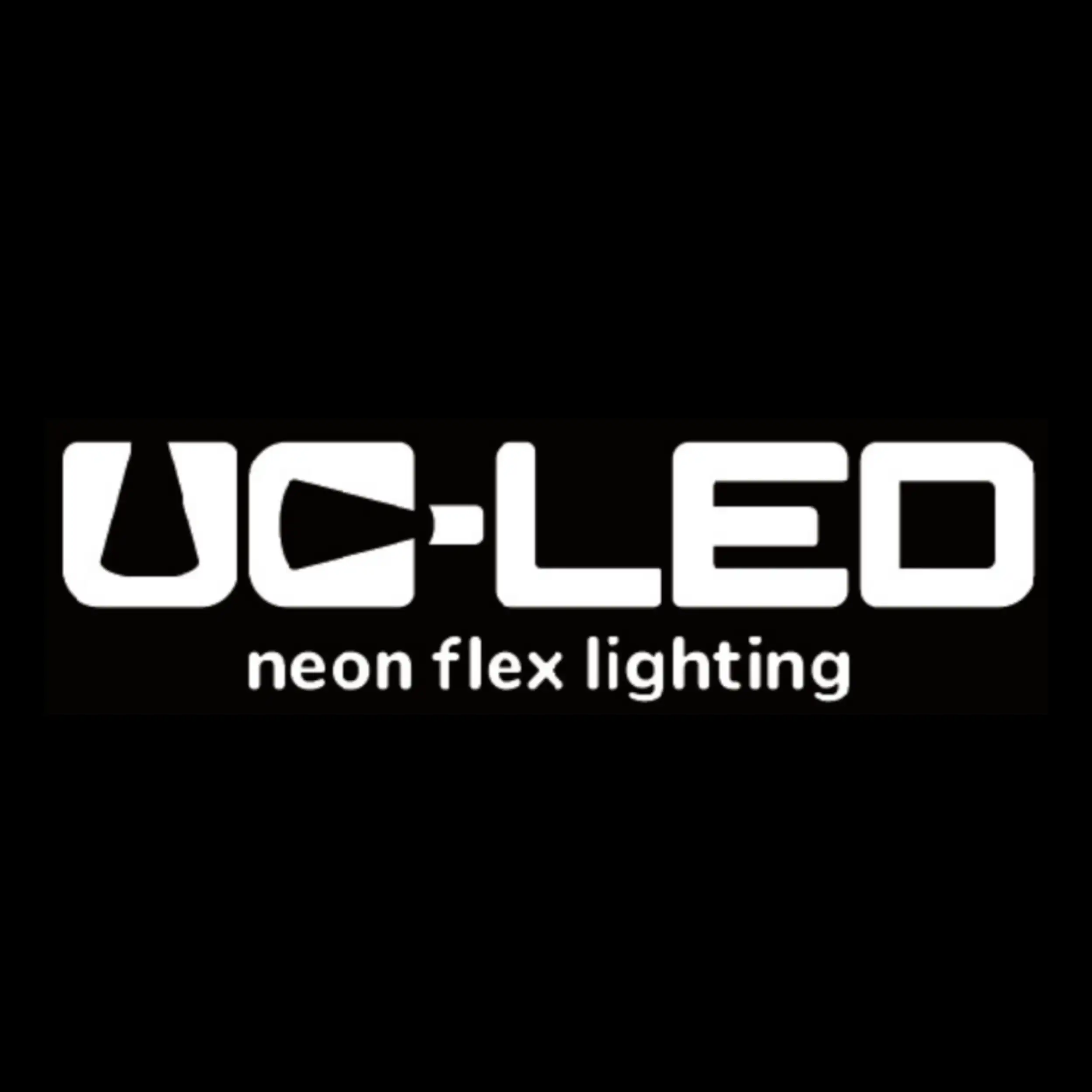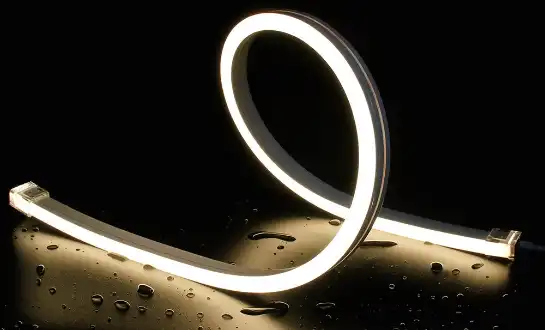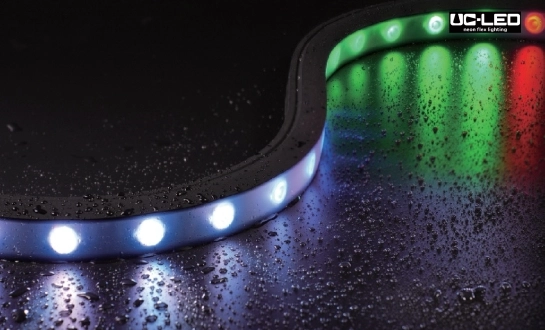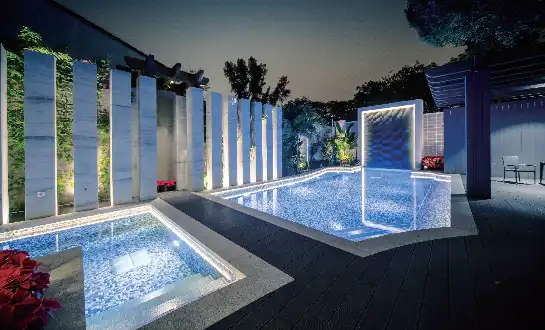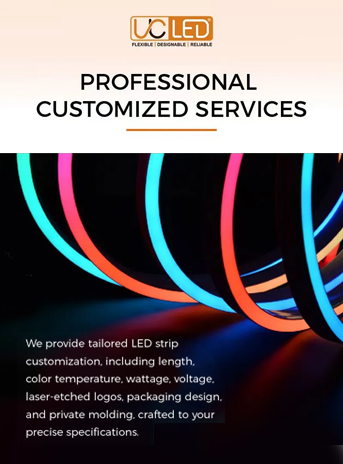Comprehending 220V LED Neon Flex Technology
What Sets 220V LED Neon Flex Apart?
220V LED neon flex is a cutting-edge lighting solution that stands out from traditional neon and low-voltage LED options. This innovative product operates directly on mains voltage, eliminating the need for bulky transformers or power supplies. The high-voltage design allows for longer continuous runs, making it ideal for large-scale installations and architectural lighting projects.
Unlike conventional neon, which uses gas-filled glass tubes, 220V LED neon flex utilizes a flexible PVC housing with embedded LED chips. This construction method results in a more durable and versatile product that can withstand impacts and environmental factors better than its fragile glass counterpart. The LED technology also provides a wider range of color options and the ability to create dynamic lighting effects through digital control systems.
Comparing 220V LED Neon Flex to Low-Voltage Alternatives
When compared to low-voltage LED strip lights, 220V LED neon flex offers several advantages. The high-voltage operation allows for significantly longer runs without voltage drop, which can be a limiting factor in low-voltage systems. This characteristic makes 220V LED neon flex particularly suitable for large-scale installations where maintaining consistent brightness over long distances is crucial.
Another benefit is the reduced installation complexity. With no need for multiple power supplies or voltage converters, 220V LED neon flex can be installed more quickly and with less associated hardware. This simplification not only saves time during installation but also reduces potential points of failure in the system, enhancing overall reliability.
Benefits of Choosing 220V LED Neon Flex
Energy Efficiency and Cost Savings
One of the primary advantages of 220V LED neon flex is its exceptional energy efficiency. LED technology inherently consumes less power than traditional lighting sources, and the high-voltage design further optimizes energy usage. By operating directly on mains voltage, these systems avoid the energy losses associated with voltage conversion in low-voltage LED setups.
The energy efficiency of 220V LED neon flex translates directly into cost savings for users. Lower power consumption means reduced electricity bills, which can be substantial for large-scale installations or continuous operation scenarios. Additionally, the longer lifespan of LED technology compared to traditional neon results in decreased maintenance and replacement costs over time.
Versatility in Design and Application
220V LED neon flex offers unparalleled versatility in both design and application. Its flexible nature allows it to conform to various shapes and contours, enabling creative lighting designs that were previously challenging or impossible with rigid lighting solutions. This flexibility opens up new possibilities for architectural lighting, signage, and decorative installations.
The wide range of color options and the ability to create dynamic lighting effects further enhance the design possibilities. From subtle ambient lighting to eye-catching displays, 220V LED neon flex can be adapted to suit diverse aesthetic requirements. Its weather-resistant properties also make it suitable for both indoor and outdoor applications, expanding its utility across different environments.
Simplified Installation and Maintenance
The installation process for 220V LED neon flex is significantly streamlined compared to traditional neon or low-voltage LED systems. The elimination of transformers and power supplies not only reduces the complexity of the setup but also minimizes the number of components that could potentially fail. This simplification leads to quicker installation times and reduced labor costs.
Maintenance of 220V LED neon flex systems is also more straightforward. The durable construction and long-lasting LED technology mean fewer replacements and repairs are needed over the product's lifetime. When maintenance is required, the modular nature of the system allows for easy replacement of sections without disturbing the entire installation.
Safety Considerations and Best Practices
Proper Handling and Installation Techniques
While 220V LED neon flex offers numerous benefits, it's crucial to remember that it operates at mains voltage and requires careful handling. Proper installation techniques are essential to ensure both safety and optimal performance. Always follow manufacturer guidelines and local electrical codes when working with high-voltage lighting systems.
Key safety practices include:
- Ensuring proper insulation and sealing of all connections
- Using appropriate mounting clips and hardware designed for high-voltage applications
- Avoiding sharp bends or excessive twisting that could damage the internal components
- Installing the system on non-conductive surfaces or using insulating materials when necessary
It's highly recommended to engage certified electricians for installation, especially for large-scale or complex projects. Their expertise can help prevent potential hazards and ensure compliance with safety regulations.
Electrical Safety Measures
Working with 220V systems necessitates stringent electrical safety measures. Always disconnect power before installation or maintenance work. Use properly rated tools and equipment, including insulated screwdrivers and voltage testers. Implement ground fault circuit interrupters (GFCIs) in the circuit to provide additional protection against electric shock.
Regular inspections are crucial for maintaining the safety of 220V LED neon flex installations. Check for any signs of wear, damage, or loose connections periodically. If any issues are detected, address them promptly to prevent potential electrical hazards.
Environmental Considerations
While 220V LED neon flex is designed for versatility, it's important to consider the specific environmental conditions of the installation site. Ensure that the chosen product is rated for the intended use, whether indoor or outdoor. For outdoor installations, pay special attention to IP ratings to guarantee adequate protection against moisture and dust.
In environments with extreme temperatures, verify that the selected 220V LED neon flex can operate effectively within the expected temperature range. Some applications may require additional heat sinking or cooling measures to maintain optimal performance and longevity.
Conclusion
220V LED neon flex represents a significant advancement in lighting technology, offering a unique combination of energy efficiency, versatility, and ease of installation. Its ability to operate directly on mains voltage opens up new possibilities for large-scale and creative lighting applications. However, the high-voltage nature of these systems also demands a thorough understanding of safety practices and proper installation techniques.
As the lighting industry continues to evolve, 220V LED neon flex is poised to play an increasingly important role in both decorative and functional lighting solutions. By carefully considering the benefits and safety aspects discussed in this article, designers, installers, and end-users can harness the full potential of this innovative lighting technology while ensuring safe and reliable operation.
For more information about 220V LED neon flex products and customized lighting solutions, please contact us at Linda@uc-led.com. Our team of experts is ready to assist you in bringing your lighting visions to life with cutting-edge technology and uncompromising quality.

